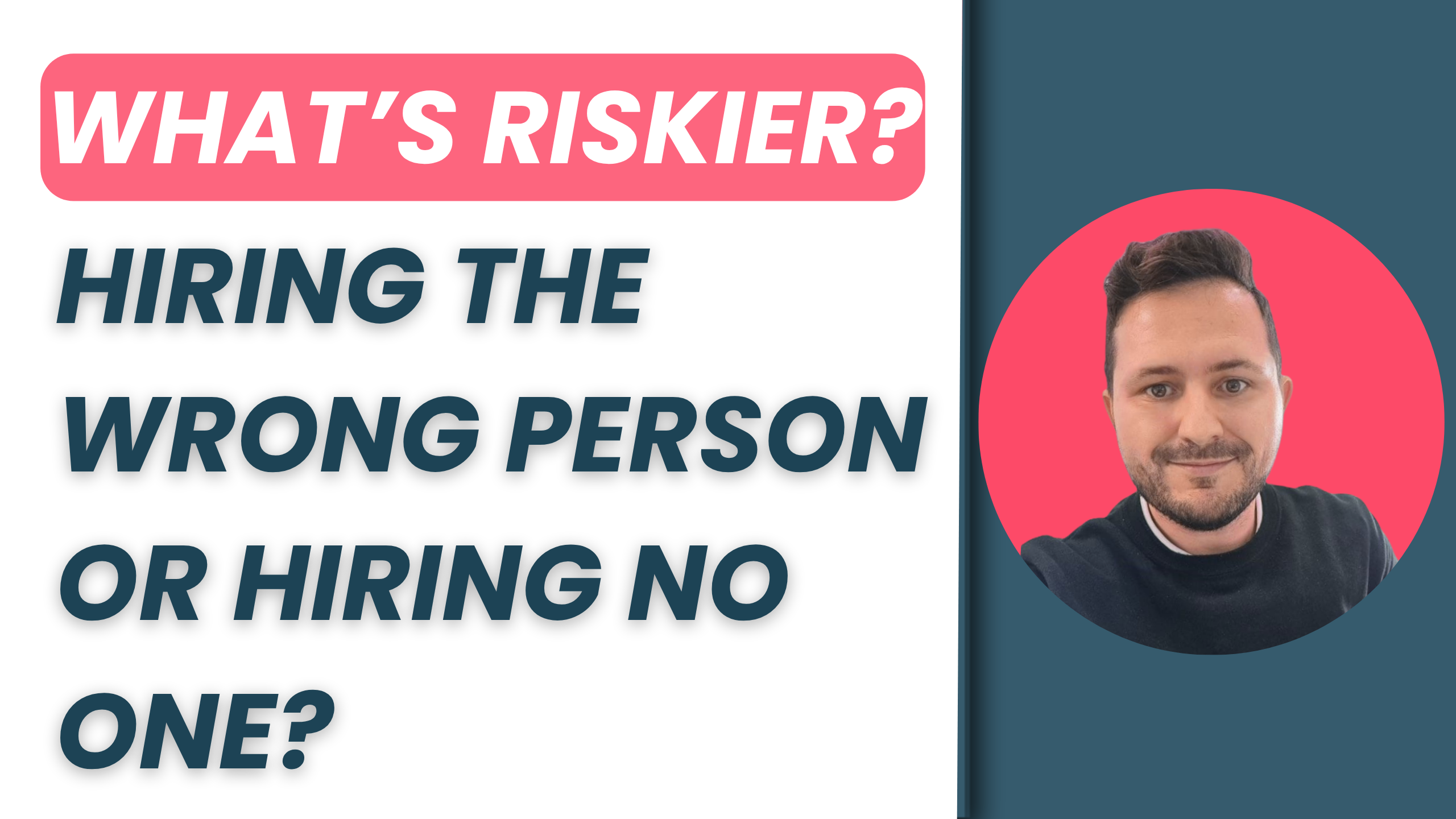5 Essential Books to Better Communicate with Your Team
Managing teams, especially remote ones, can be a tricky business. Trust me—I’ve navigated the highs and lows of team dynamics, and I’ve learned that no one really teaches you how to do it right. ❌ Even if they do, and even if you read books, it’s not enough. You just need to get that life experience through trial and error. Have you ever felt the same?
In my journey, I’ve discovered that being curiosity-driven, listening actively, and setting clear expectations are essential for fostering strong relationships with my team. To help me on this journey, I turned to some incredible books that offered valuable insights and perspectives. Here are five books that have significantly impacted my communication style and overall management approach.
1. Radical Candor by Kim Scott
This book transformed my understanding of feedback and open communication. Scott’s concept of “radical candor” emphasizes the importance of being both direct and caring when giving feedback. I realized that to build trust with my team, I needed to communicate openly and honestly.
For instance, when I first started managing remote teams, I was hesitant to give honest and direct feedback for fear of hurting feelings, I had tendency to sugarcoat my messages. However, after reading Radical Candor, I learned that being transparent doesn’t have to be harsh. I remember a specific instance when I had to address a team member’s lack of engagement during meetings. Instead of avoiding the conversation, I approached it with empathy and directness. I said, “I really value your input, but I’ve noticed you seem quieter lately. Is there something on your mind?” This led to a productive discussion and ultimately improved team dynamics.
2. The Five Dysfunctions of a Team by Patrick Lencioni
Lencioni’s book outlines the common pitfalls teams face and how to overcome them. I found this incredibly relevant as I aimed to strengthen my remote team’s cohesion. His framework helped me identify issues such as lack of trust and fear of conflict, which can be especially pronounced in remote settings.
One key takeaway was the importance of trust as the foundation of any successful team. I started incorporating regular check-ins and team-building exercises to help foster that trust. For example, I created space for personal sharing at the beginning of our meetings, which allowed team members to open up about their lives outside work or playing “salt & sugar” and highlighting our best and worst moment of the week so far. This not only deepened our relationships but also enhanced our collaboration on projects.
3. The Coaching Habit by Michael Bungay Stanier
This book taught me the power of asking the right questions and adopting a coaching mindset.. It’s easy to fall into the trap of telling your team what to do, even if you know the answer it’s not the best way of displaying leadership but coaching them to find their own solutions is far more effective.
I transformed my approach to one-on-one meetings. I started to listen more and speak less. Instead of giving my team directives, I started asking them questions that encouraged reflection and self-discovery. For instance, instead of saying, “You should do X,” I’d ask, “What do you think the best next step is?” This not only empowered my team but also improved their problem-solving and listening skills.
4. Dare to Lead by Brené Brown
Brené Brown’s insights on vulnerability and courage were eye-opening. I learned that to be a strong leader, I needed to embrace vulnerability and create a safe space for my team to express themselves. Also, I’ll be honest I don’t have answers to all the problems we have, sometimes I just don’t know… and that’s okay!
During a challenging project where tensions were high, I shared my own struggles and fears about the outcome. This moment of vulnerability encouraged my team members to open up about their concerns, leading to a more honest discussion about how we could support each other. We have an environment where everyone feels safe to speak their minds, we are able to collaborate more effectively and overcome obstacles together.
5. Essentialism: The Disciplined Pursuit of Less by Greg McKeown
In the hustle of remote work, it’s easy to get overwhelmed. This book helped me understand the importance of prioritizing what truly matters.
I realized that I was often communicating too much without clarity, leading to confusion within my team. By focusing on fewer, high-impact tasks, I was able to set clearer expectations. I started implementing “weekly priority lists” and clear “who does what by when” for our projects, ensuring that everyone was aligned on what needed to be accomplished. This shift not only improved our productivity but also reduced stress levels across the team.
The journey of becoming a better leader is continuous. It requires curiosity, active listening, and a willingness to learn from both successes and failures. Reading these books has been a significant part of my journey toward becoming a better communicator and manager. Each one offered unique insights that I’ve been able to apply in real-world scenarios with my team.





